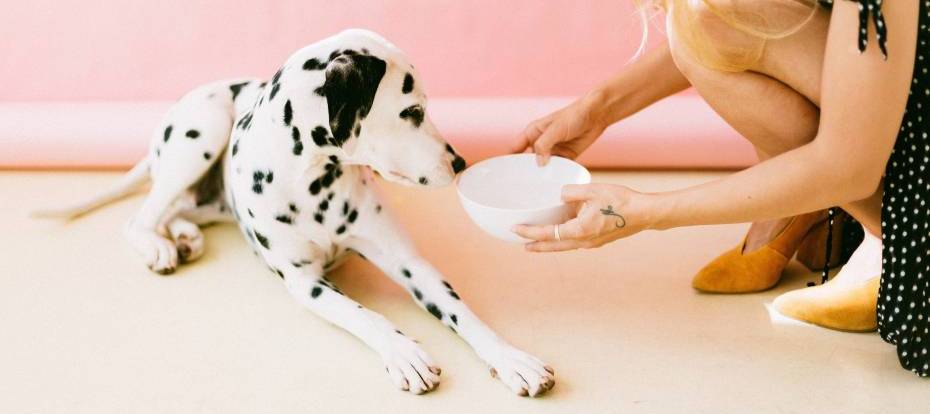
Are you struggling to get through mealtime without your dog trying to snap at you? If this is the case, your pooch probably has a degree of food aggression. Don’t worry though, you aren’t alone, quite a large number of dogs have this problem! Through this article we help you understand and solve this issue so mealtime can become a more peaceful activity within your household.
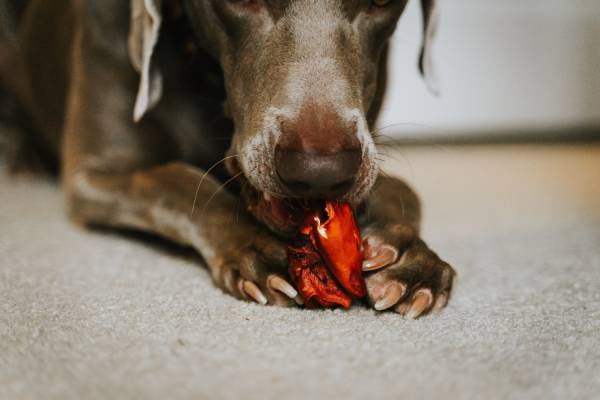
How to Recognise Food Aggression
Food aggression is a form of resource guarding in which a dog becomes very defensive when eating, either towards humans or other animals. We’ve narrowed down this behavior to three degrees of aggression - mild, moderate and severe and included some behaviors that your dog might display depending on their level of aggression:
- Mild: stiffened body, head down, showing of teeth, growling, the stand over their meal as a way to protect it
- Moderate: whites of the eyes are visible, ears pinned back, tail lowered, snapping or lunging when either the dog or meal is approached
- Severe: all of the above behaviors plus biting
Aggression during mealtime can be quite common among dogs, however, if your pup is showing any number of the above-mentioned signs, you probably want to try and fix this issue before someone gets hurt.
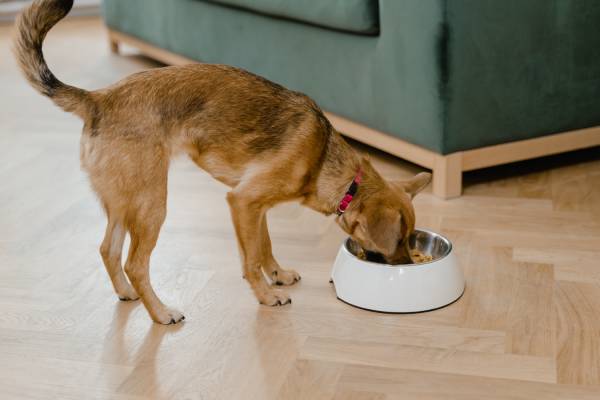
Preventing Food Aggression
You can spend the time making your dog more comfortable with others around their food, but it can take time, and if your dog is too aggressive, you may not be able to do this safely yourself and we would recommend using a dog trainer.
Place an empty food bowl on the floor. Kneel or sit on the floor next to the empty bowl with some kibble. Take a few pieces of kibble in your hand and put them in the bowl. Give your dog their command to eat and let them eat the kibble. Practice this routine with your dog a few times, then try keeping your hand on the edge of the bowl after giving the command to eat. If your dog is ok with you leaving your hand on the bowl, keep practicing.
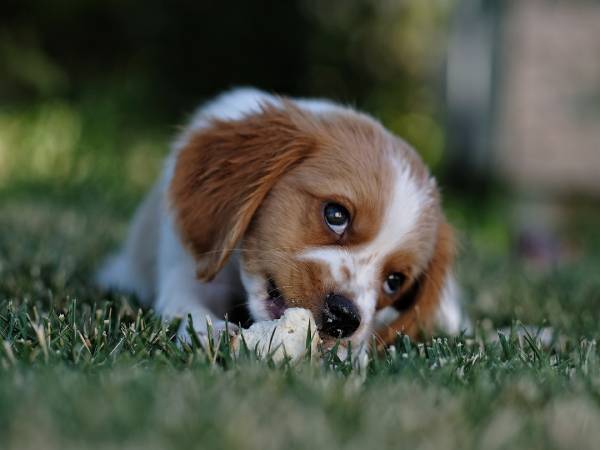
If you are able to continue practicing this without your dog showing any signs of food aggression, move onto the next stage. Once again, as you are sitting or kneeling next to their bowl, put a few pieces of kibble into the empty bowl and give your dog their command to eat. Then, after they have started eating, take the bowl away, add a treat or a small piece of your dog's favourite food and then return it to your dog so they can continue eating. Continue repeating this stage of training several times to reinforce to your dog that they will be rewarded for not reacting. Remember not to give too many treats or too much food to your dog while training them out of their food aggression.
The final stage of training your dog out of their food aggressive tendencies is to repeat all of the above stages from a standing position. You may need to repeat the entire process for every person who will be feeding your dog so that they become comfortable with everyone that will be handling their food.
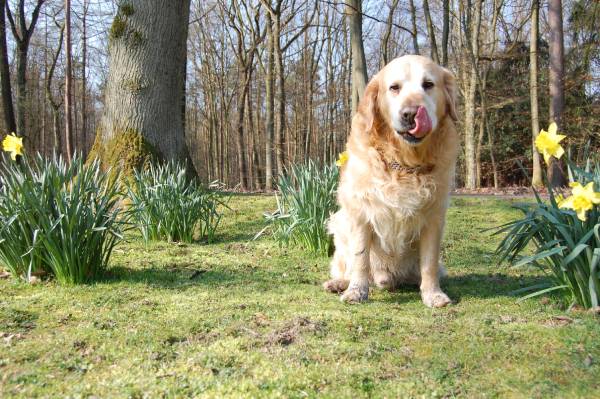
If at any stage during this process, your dog shows any signs of food aggression, return to the last step where they were comfortable and not reacting. If your dog is severely aggressive around food, you may not be able to safely conduct this training yourself and we would recommend working with a dog trainer to train them out of their food aggression.
So while it is possible to train your dog to not be aggressive around food, it can take time and it is best to start when your dog is a puppy. Mild food aggression in puppies is expected, but if your dog is not trained out of this behavior, mealtime could become a nightmare very quickly. If you are struggling to feed your food aggressive dog, or if you have tried all of our tips and your dog is still reactive, speak to your veterinarian.
